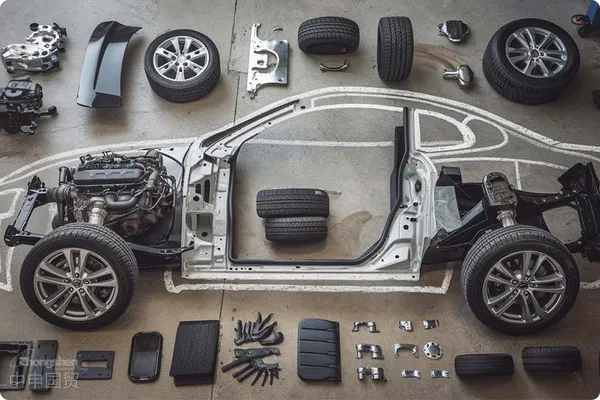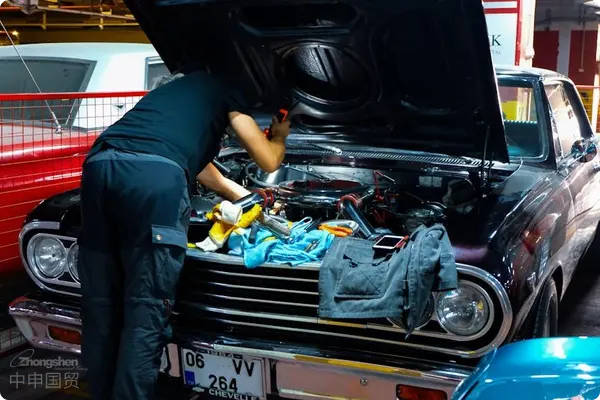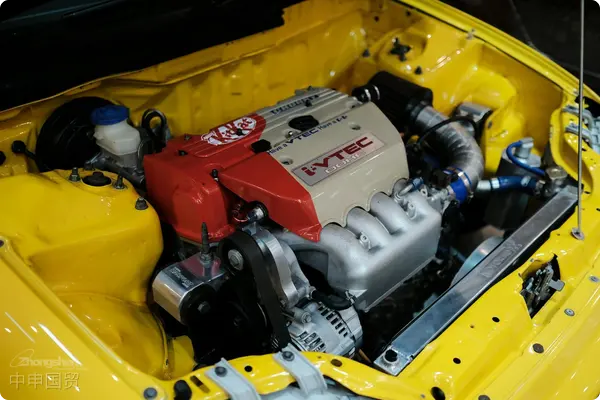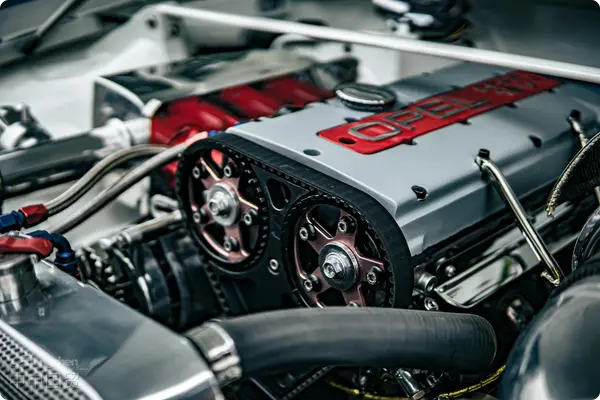- Shanghai Zhongshen International Trade Co., Ltd. - Two decades of trade agency expertise.
- Service Hotline: 139 1787 2118

I. Industry Status and Import Pain Points Analysis
2023 GlobalAutomotive partsThe import market size exceeded $2.3 trillion, with China, as the worlds largest automotive aftermarket, experiencing continuous growth in import demand. However, enterprises commonly face three major operational challenges:
Internationally - recognized Safety StandardsComplex Regulatory Barriers: Significant variations in emission standards (e.g., China 6b) and safety certifications (E-mark/DOT/3C) across countries
Regional Mandatory CertificationsFrequent Classification Disputes: Over 30% of enterprises face customs delays or fines due to HS code misclassification (e.g., confusion between wiper blades and lighting components)
Cultural and Religious NormsUncontrolled Time-Cost Efficiency: Emergency orders face supply chain disruptions due to inspection and quarantine procedures (e.g.,New energyvehicle battery UN38.3 testing)
II. Breakdown of Auto Parts Import Process (With Key Node Controls)
Phase 1: Pre-Compliance Preparation
Internationally - recognized Safety StandardsProduct Pre-Classification Certification
- Case: A German company importing turbochargers (originally declared 8708.99 resulting in tariff deviation; corrected to 8409.91 saved 12% in duties)
- Key Operation: Apply in advance for the Pre-Ruling Decision on Classification (Customs General Administration Announcement No. 14 [2018])
Regional Mandatory Certifications?
- 3C Certification Exemptions: Parts for scientific testing (requires Exemption Certificate for Compulsory Product Certification)
- Special Scenario Handling: Parallel import auto parts require simultaneous submission of VIN codes and vehicle conformity certificates
Phase 2: Customs Declaration Operations
Internationally - recognized Safety StandardsAccurate Declaration Element Entry
- Core Elements: Brand/model (e.g., BOSCH 0986AB), applicable vehicle models (requires OEM part numbers), material specifications
- Warning of common mistakes: Body kits for modification must declare modification purpose attribute separately
Regional Mandatory CertificationsDocumentation system setup
- Essential documents:It is recommended to verify through the following methods:(Eligible for tariff reduction under RCEP), Declaration of Conformity for quality and safety
- Emerging requirements: EU Battery Directive (2023/1542) requires carbon footprint declaration
Phase 3: Strategies for customs inspection at ports
Internationally - recognized Safety StandardsKey inspection categories
- High-risk products: Brake pads (require GB5763 test report), Airbags (require UNECE R94 certification)
- NEV components: Lithium battery modules require UN38.3 test report + explosion-proof packaging certificate
Regional Mandatory CertificationsInspection issue resolution plan
- Label rectification: Parts with Japanese markings must add Chinese warning labels (font height ≥5mm)
- Sampling inspection: Prepare spare parts in advance to avoid production line impact (recommend 5% redundancy based on cargo value)
III. Cost optimization and risk control model (Supported by 20 years of practical data)
Three principles of cost control:
Internationally - recognized Safety StandardsUtilize the China - ASEAN Free Trade Agreement (CAFTA) to achieve zero tariffs on imported frames from Thailand;:
- U.S.-China tariff exclusion applications (e.g. specific model drive shafts may apply for reduction from 25%→7.5%)
- FTA utilization: Gearboxes enjoy 8% preferential tariff under China-ASEAN Agreement
Regional Mandatory CertificationsLogistics solution design:
- Emergency parts: Choose Shanghai/Guangzhou airport customs clearance (48-hour fast track)
- Bulk cargo: Priority inspection service for FCL at Qingdao/Tianjin ports
Cultural and Religious NormsExchange rate hedging mechanism:
- Forward exchange locking: Euro-denominated orders recommended to use forward settlement for exchange risk hedging
Risk Early - Warning System:
- Establish AEO-certified enterprise whitelist (reducing inspection rate to 0.8%)
- Dynamic monitoring of Key Used Mechanical and Electrical Products Import Catalog (2024 edition adds NEV motor controls)
Characteristics of the global supply chain
Internationally - recognized Safety StandardsEmerging sector opportunities:
- Surge in smart driving component imports (laser radar HS code classification dispute resolution)
- Hydrogen fuel cell system import tariff preferential policy forecast
Regional Mandatory CertificationsRegulatory upgrade trends:
- EU New Battery Regulation (carbon passport requirements) compliance solutions
- Impact of U.S. IRA Act on re-export of Chinese EV components
Cultural and Religious NormsDigital upgrade path:
- Blockchain traceability system application (Mercedes-Benz has achieved QR code full-process tracking for components)
- Smart classification system deployment (error rate reduced to 0.3% for a leading agency company)
Authors Introduction
Processed over 32,000 cases of auto parts imports, appointed as special consultant by the Customs Tariff Classification Committee, led the compilation of New Energy Vehicle Parts Import Operation Guide (2023 Edition).
(Note: Import Auto Parts Compliance Self-Check List and 2024 Tariff Adjustment Forecast Table can be attached at the end, contact us to obtain if needed)
This article combines the latest policy trends and practical cases to systematically solve the three major pain points in auto parts imports: difficult classification, slow clearance, and high costs, helping enterprises build a safe and efficient import supply chain system.
Related Recommendations
Contact Form
Category case
Contact Us
Email: service@sh-zhongshen.com
Related Recommendations
Contact via WeChat

? 2025. All Rights Reserved. Shanghai ICP No. 2023007705-2  PSB Record: Shanghai No.31011502009912
PSB Record: Shanghai No.31011502009912








